Making the Inserts of the Future
Research into innovative new materials to drive inserts and system differentiation for drilling, chiseling, cutting, sawing and grinding operations.
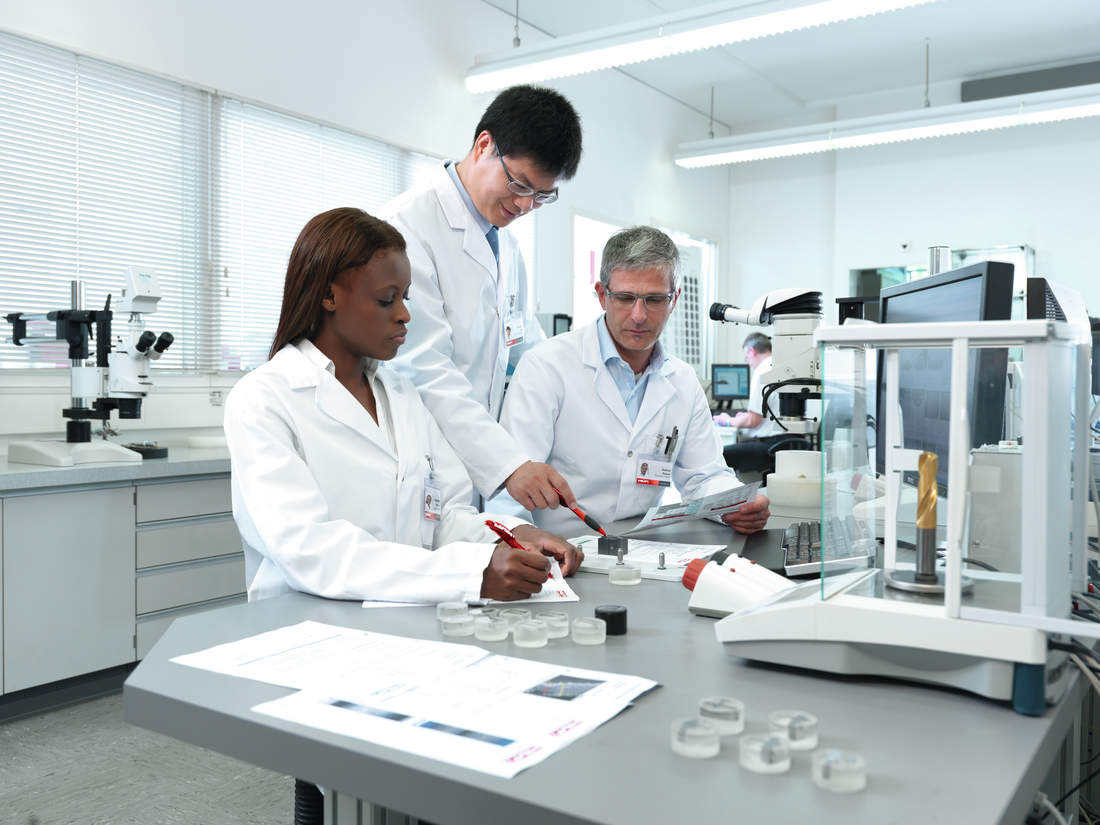
The materials research group is the number-one-address at Hilti for all questions concerning materials, coatings, surfaces and their behavior under tribological, corrosive and mechanical loadings. Based on theoretical considerations and experimental results, we evaluate new materials for the applications in the product world of Hilti while focusing on sustainability.
Therefore, our core competencies are divided into four domains: atmospheric corrosion, tribology, hard materials and metals. All competencies are supported by our metallographic laboratory.
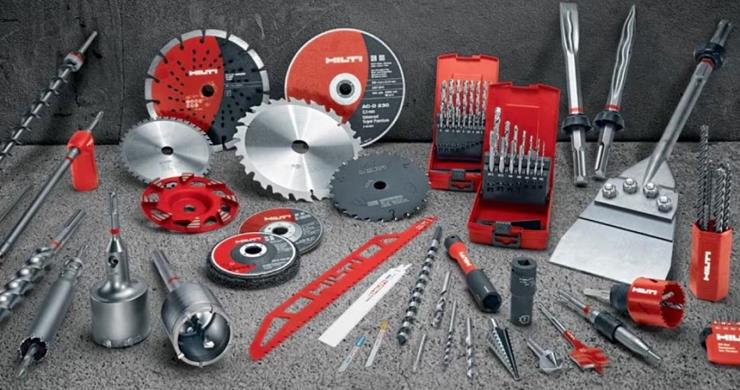
Research into innovative new materials to drive inserts and system differentiation for drilling, chiseling, cutting, sawing and grinding operations.
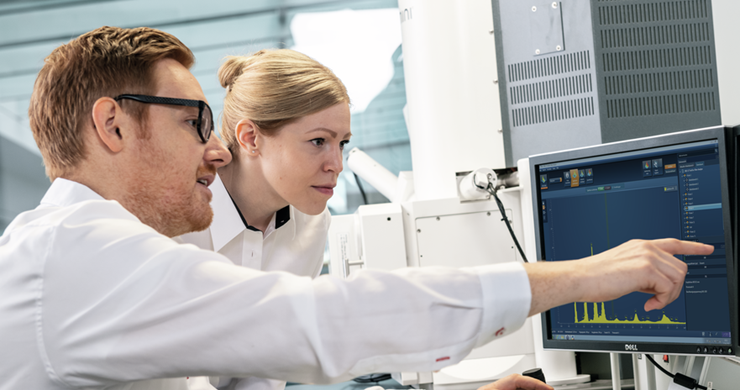
Microscopic characterization of materials, yielding information regarding properties, composition, their use, and in the case of broken parts, the cause of failure.
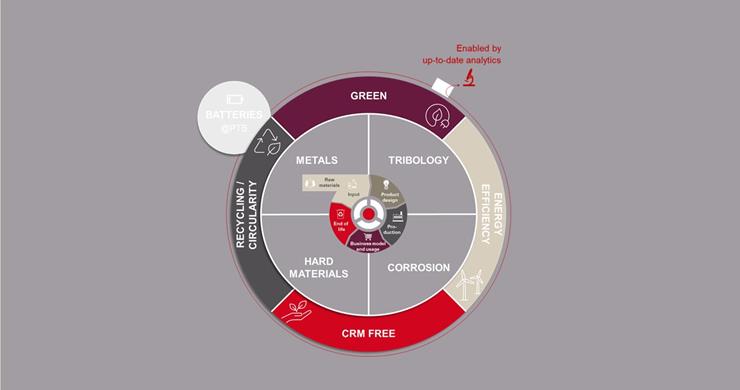
Hilti has joined the group of companies committed to the Science Based Target initiative including achieving Net-Zero by 2050. Material research contributes by lowering C02 footprint of raw materials, replacing of critical raw materials, enabling circularity and optimizing product's life cycles.
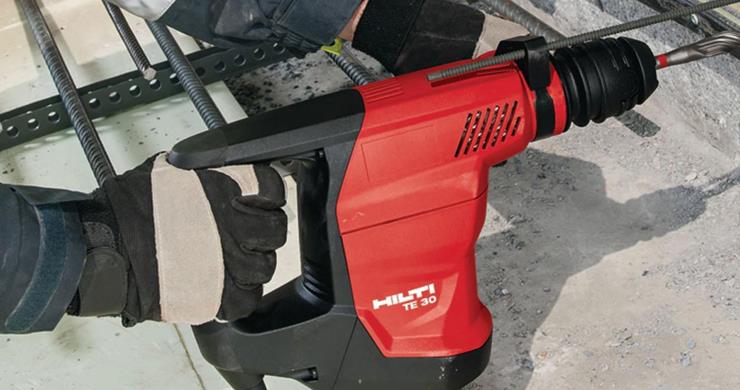
Exploiting surface technology and lubricants for the design of robust and energy efficient products.
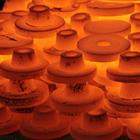
Application-oriented research and evaluation of new materials by means of theoretical considerations and experimental studies for the product world of Hilti.
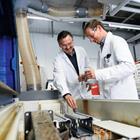
Accelerated lab corrosion tests, field tests and electrochemical methods to evaluate the performance of materials and ensure long lasting and safe products.
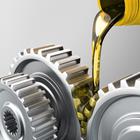
R&D into existing and new areas of surface technology and lubricants for robust, energy efficient and more sustainable products.
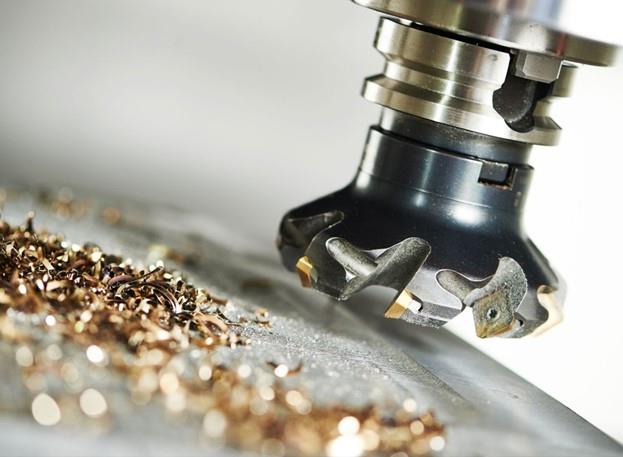
This project is about recycling and reuse of hardmetals, e.g. from Hilti drill bits and supports our sustainability strategy. In this projet Hilti will collaborate with renowned companies and institutes.
https://www.resqtool.eu/
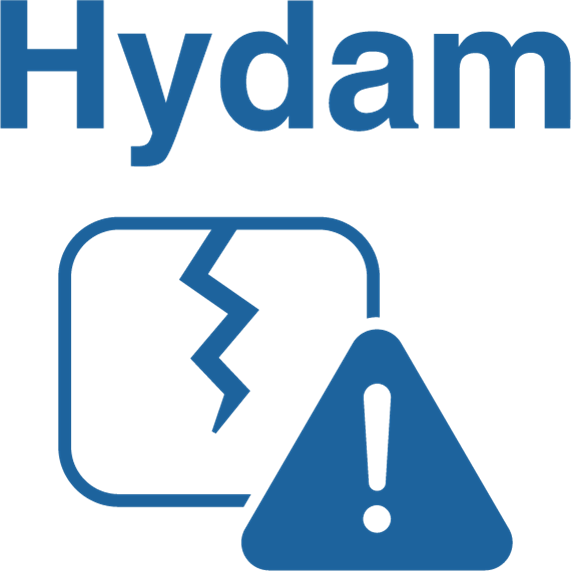
The HYDAM project has received funding from the Research Fund for Coal and Steel, a programme managed by the European Commission. Main goal of the project is to develop steelmaking strategies to avoid critical accumulation of hydrogen and to cope with the future usage of dirtier scrap in steelmaking processes that could negatively influence the hydrogen/steel interaction.
https://www.hydam.eu/
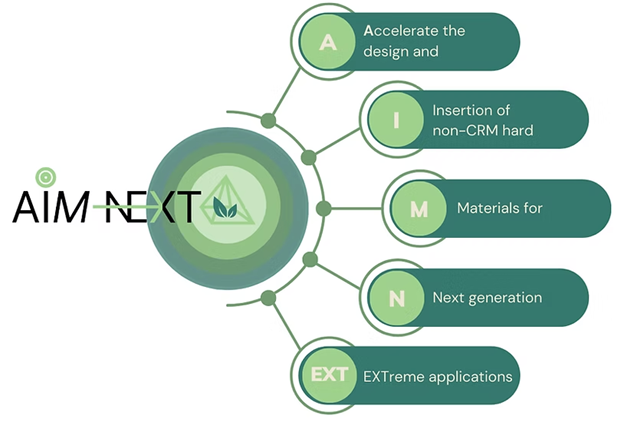
We are part of the consortium of the AIM-NEXT project which has received funding from the Horizon Europe Framework Programme
The AIM-NEXT project arises from the common need of European academy and industry to educate and train the next generation of experts in the field of “Sustainable Design of Material Solutions for Engineering Applications”. Here, it is particularly implemented for accelerating the insertion of new Hard Materials tools and components, manufactured using non-critical raw materials, in three key industrial sectors: mining, manufacturing and construction engineering.
https://www.aimnext.eu/

The «Optidamatol» project funded by the European Commission has been recently finalized.The objective of the project is to investigate the applicability of Quenching and Partitioning (QP) processes into thick components aiming at keeping or improving the performance of damage tolerance, mainly in terms of toughness and low cycle fatigue, in relatively large section components which currently uses quenching and tempering steels.
https://www.optidamatol.org/
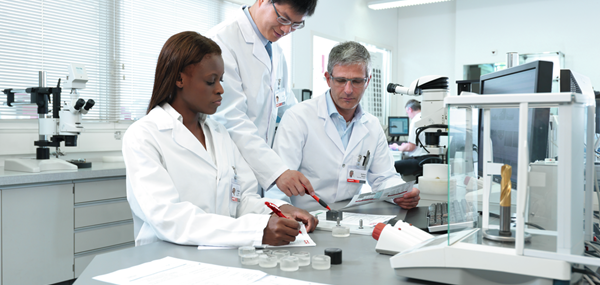

Join a market leader in research and development and work on innovations that break new ground and push boundaries for our industry.